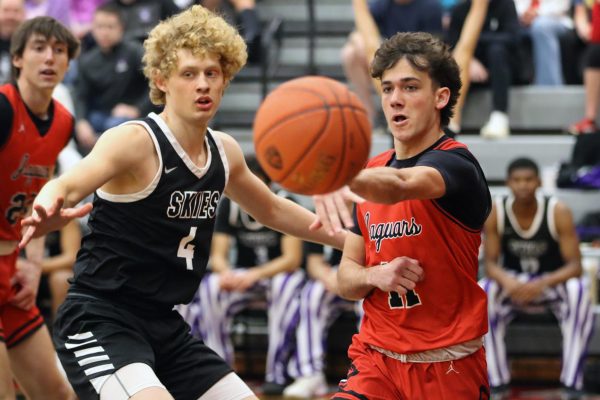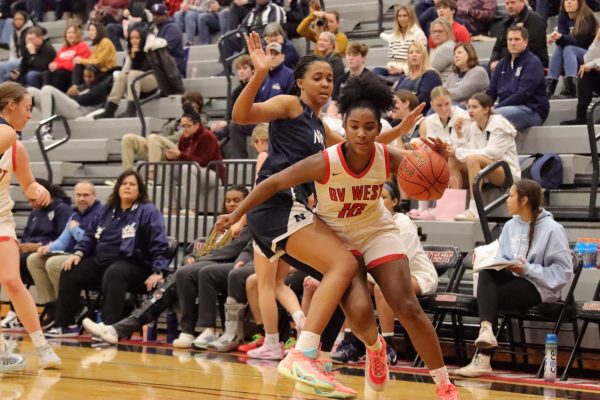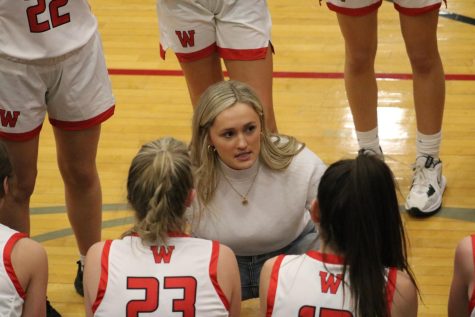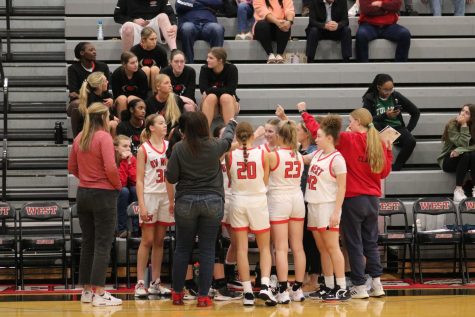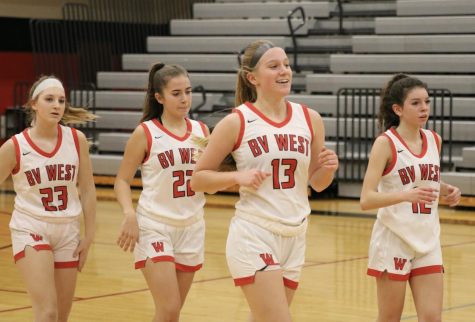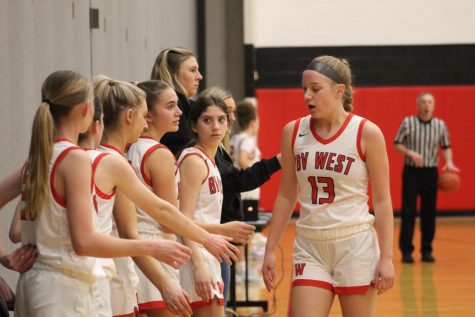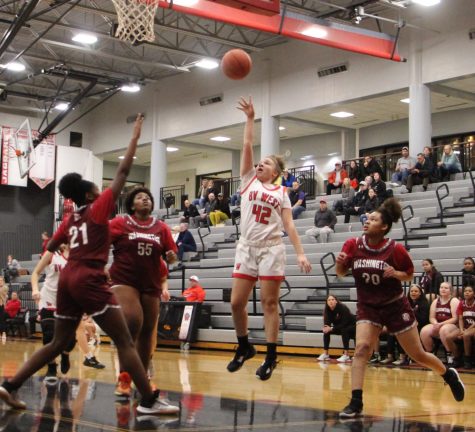Styrofoam Waste
Lack of recyclable cardboard lunch trays worry students
In past years, BV West students have participated in all sorts of recycling efforts: collecting paper, cans, plastic bottles, and soft plastics, and using water bottle fillers. The school cafeteria echoed those efforts by collecting fruit that might be thrown away and using paper trays. Like schools all around the world, BV West was committed to making a smaller carbon footprint.
This August, students witnessed a transition that took our school in the opposite direction. BV West’s stopped using recyclable cardboard trays and began using environmentally harmful Styrofoam trays in the cafeteria.
Environmental Club President, senior Mira Becker, expressed her concerns about the change in trays.
“I don’t think it’s great for the environment,” Becker said. “When I took AP Environmental Science, we talked about how things in the landfill just sit there under a pile of grass. And that’s pretty much all it does. Or it gets burned and then releases carbon into the atmosphere.”
As an alternative to both cardboard and Styrofoam trays, Becker suggested using an even more eco-friendly option.
“I remember in elementary school, we had the reusable trays, and they just washed, and I feel like those would be a better option because it’s more sustainable and they’re less flimsy,” Becker said. “Or even just giving us brown paper bags would be more sustainable for our school, at least because it’s paper.”
Junior Makenzie Galliart had similar thoughts about her tray of choice.
“Definitely cardboard. Probably the main reason would be for the environment because it’s biodegradable, and Styrofoam isn’t safe for animals,” Galliart said.
While Becker was concerned about landfill space, Galliart expanded on her concern for animals.
“I think if it was brought into light, how harmful Styrofoam can be, not only to us, but also, the environment and animals, people would definitely make the change. An example would be like plastic straws,” Galliart said. “People saw how harmful they were to the environment and a lot of places are using alternatives now.”
Beyond the negative environmental impact of Styrofoam, Galliart believes that the message sent to students is inappropriate.
“And if we continue to use Styrofoam, then we’re teaching kids that it’s okay. It should really be brought up how harmful those materials can be,” Galliart said.
Sophomore Heidi Sorensen disagrees.
“I like Styrofoam trays because they just seem less gross to me. If you get something wet or greasy on a cardboard tray it’ll get soggy and gross,” Sorensen said.
Another factor that plays a part in the district’s tray offering is availability. According to
Charles Rathburn, the Blue Valley Director of Food and Nutrition Services, “Availability with the fiber trays are hit and miss.”
Rathburn also said that Blue Valley evaluates the type of lunch tray the district will use on an annual basis and that the environmental impacts are taken into consideration. If the change to Styrofoam trays is not to your liking, consider bringing your lunch from home, or writing an email to the Blue Valley District Office regarding your concerns.




